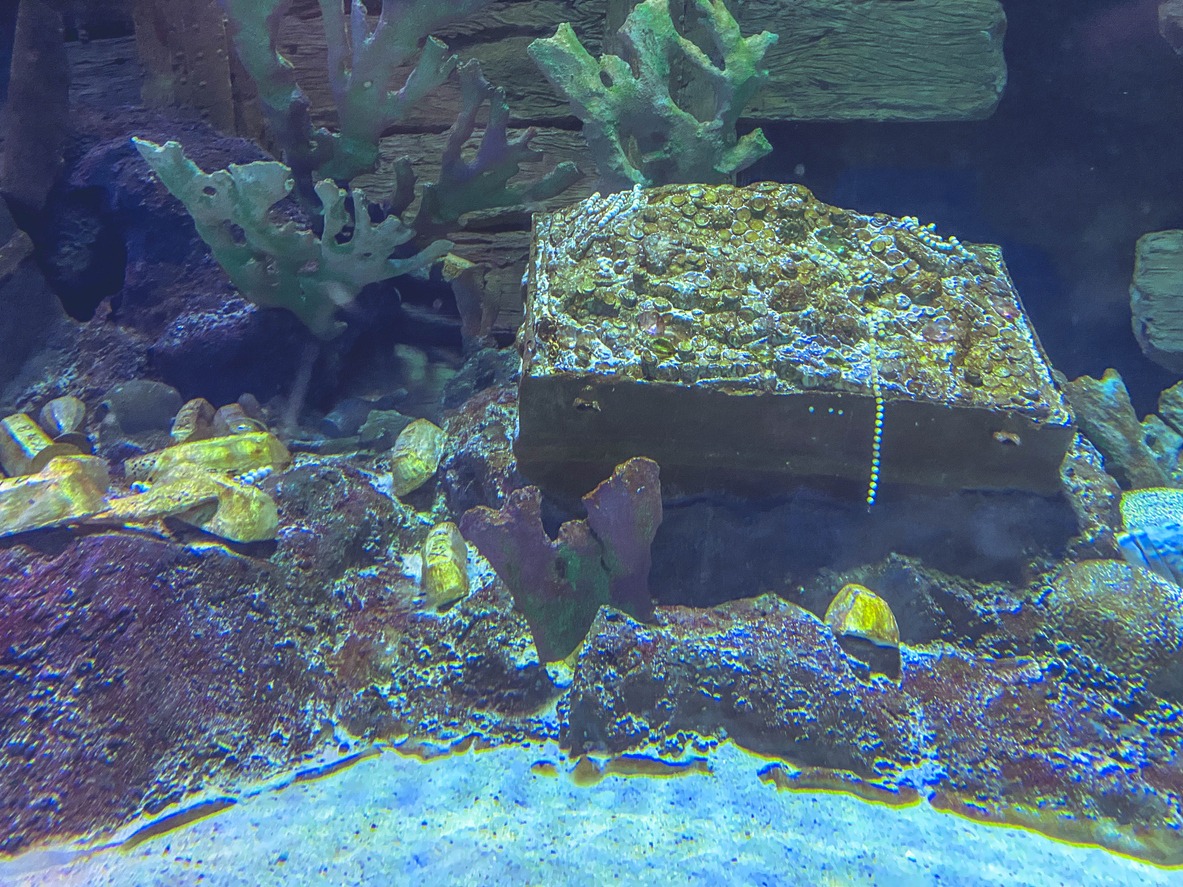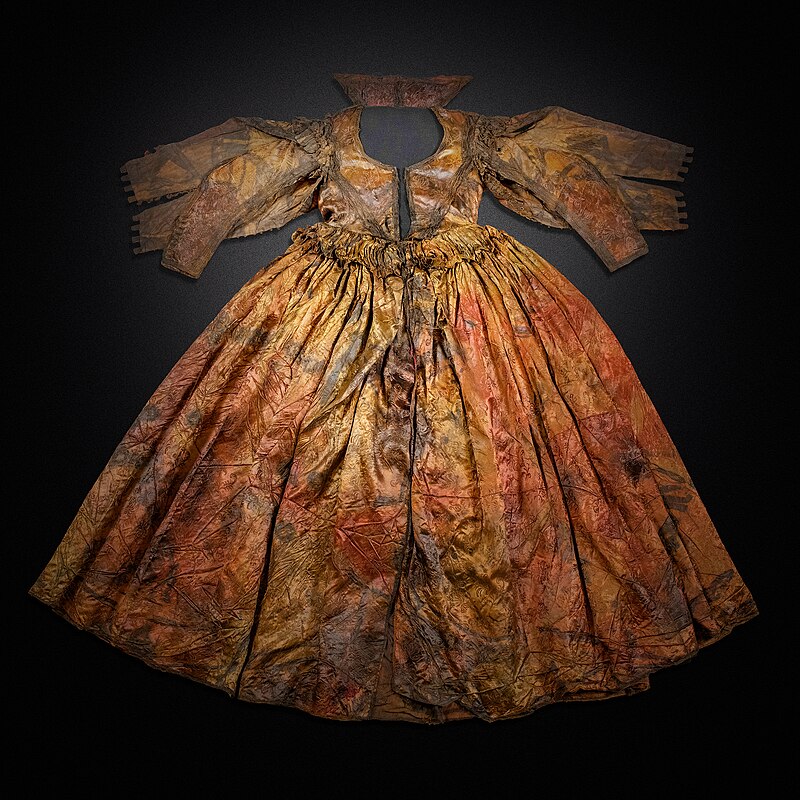Greatest Shipwreck Treasures Found: Underwater Discoveries You Need to Know

You'll be amazed by the incredible shipwreck treasures plunged beneath the waves. From the San José's billion-dollar bounty off Colombia to the ancient ceramics of the Belitung shipwreck, these underwater finds offer glimpses into history and wealth. The Bom Jesus, found off Namibia, reveals early European-African trade, while the Palmwood Wreck showcases 17th-century luxury goods. China's Nanhai No. 1 provides revelations into Song dynasty maritime trade, and the 1715 Treasure Fleet's golden legacy continues to captivate treasure hunters. These sunken time capsules not only hold immense monetary value but also uncover secrets of our shared past. Explore deeper to uncover more fascinating tales from the ocean floor.
The San José's Billion-Dollar Bounty
In 1708, the Spanish galleon San José met its watery fate, taking with it one of history's precious treasures. This legendary shipwreck, discovered in 2015 off the coast of Cartagena, Colombia, has captured the imagination of treasure hunters and historians alike. You'll be astounded to learn that the San José's cargo is estimated to be worth billions of dollars, with some valuations exceeding $20 billion. The Antikythera Treasures and the Treasure of the S.S. Republic are two other notable shipwreck discoveries that have yielded significant artifacts. The Spanish galleon was carrying an incredible haul of gold, silver, and uncut gemstones when it sank during a fierce battle with British warships. Its discovery has sparked a complex legal battle over ownership, involving multiple parties and international maritime law. While the treasure's worth is jaw-dropping, you can't simply raise it from the depths and sell it off. Colombian law prohibits the sale of artifacts recovered from the San José, leaving this billion-dollar bounty on the ocean floor.
As one of the largest and most prized shipwreck discoveries in history, the San José continues to intrigue and challenge us. Its story serves as a reminder of the vast riches that lie hidden beneath the waves, waiting to be unveiled.
Bom Jesus: African Diamond Discovery
Diamonds may have led to the unearthing of the Bom Jesus, but this Portuguese trading vessel's true treasures lay in its historical significance. Lost in 1533 and discovered off Namibia's coast in 2008, it's the oldest shipwreck found in sub-Saharan Africa. Sponge diving among Greeks as early as 1000 B.C. The Bom Jesus offers a unique glimpse into 16th-century Portugal's maritime history and commercial activities along Africa's western coast. As the richest shipwreck discovery in the region, it provides invaluable observations into early Portuguese trade and exploration. You'll find that this chance encounter by a geologist searching for diamonds highlights how unexpected discoveries can lead to significant underwater archaeological finds.
The Bom Jesus's historical importance is evident in its:
- Rare artifacts from the 16th century
- Vast collection of trade goods
- Perspectives into Portuguese maritime routes
- Evidence of early European-African trade relations
You'll appreciate how this remarkable discovery sheds light on a pivotal era in global trade, offering a tangible connection to the past that continues to fascinate historians and archaeologists alike.
Belitung Shipwreck's Ancient Ceramics
While the Bom Jesus revealed Portugal's maritime history, the Belitung Shipwreck's ancient ceramics offer a glimpse into China's Tang dynasty and early medieval trade networks. Discovered near Belitung Island in 1998, this Arab dhow contained over 60,000 handmade pieces of Tang dynasty gold, silver, and ceramics.
You'll be amazed by the significance of this find. It's the largest consignment of early 9th-century southern Chinese treasures ever found, providing invaluable observations into the Changsha ceramics industry. The wreck's contents showcase production techniques, decorative styles, and trade routes of the time.
The ceramic bowls, jars, and vessels from this shipwreck are a wealth of knowledge for archaeologists and historians. They've expanded our understanding of the extensive maritime trade between China, the Middle East, and Southeast Asia during the 9th century. This underwater discovery has been hailed as one of the most important archaeological finds, shedding light on cultural exchanges and economic relationships of the era. The Belitung Shipwreck's ancient ceramics truly represent a snapshot of the thriving Silk Road trade during the Tang dynasty.
Palmwood Wreck's Luxurious Cargo

Frouke Ecomare, Objecten-De Jurk-donkere achtergond (c) Provincie-Noord-Holland-Kees-Zwaan, CC BY-SA 4.0
You'll be astonished by the opulent treasures unearthed in the Palmwood Wreck off the Netherlands coast. This underwater bounty, named for the hardwood boxes protecting its cargo, has yielded over 1,500 artifacts that offer a rare glimpse into 17th-century elite life.
The wreck's lavish items include:
- Splendid dresses
- Textiles
- Ceramics
- Other high-end goods
These well-preserved artifacts shed light on the trading networks and consumer habits of the period. They're now being carefully conserved to preserve their long-term existence.
While it's not a Spanish shipwreck filled with gold coins, the Palmwood Wreck's cargo is just as valuable to historians. The ship sank centuries ago, but its contents have remained remarkably intact, protected from destructive currents by the sea floor.
What's even more exciting is that much of the wreck remains unexplored. There's potential for additional discoveries that could further expand our understanding of 17th-century maritime trade and elite material culture. As you imagine the luxurious items still hidden beneath the waves, you can't help but wonder what other secrets this shipwreck might reveal in the years to come.
Nanhai No. 1's Song Dynasty
Plunge into the extraordinary account of the Nanhai No. 1, a 100-foot-long merchant ship from China's Song dynasty. Discovered in 1987 off the coast of Yangjiang, this well-preserved wreck has revolutionized our understanding of maritime trade during the Southern Song period.
You'll be amazed by the sheer volume of artifacts recovered from this underwater time capsule. With 60,000 to 80,000 ceramic objects, the Nanhai No. 1 offers an unparalleled glimpse into the Changsha ceramics industry and its role in Silk Road trade. Protected by a thick layer of silt, the wreck has yielded tens of thousands of intact pieces, making it one of China's most significant underwater archaeological findings.
As you investigate the Nanhai No. 1's treasures, you'll witness the intricate craftsmanship of Song-era ceramics and gain observations into the sophisticated maritime trade networks of the time. This merchant vessel, frozen in time, continues to reveal secrets about China's economic and cultural connections with the world. The Nanhai No. 1 stands as a manifestation to the importance of underwater archaeology in piecing together our shared history.
1715 Treasure Fleet's Golden Legacy
The 1715 Treasure Fleet's legacy glimmers beneath the waves, an emblem of the golden age of Spanish maritime trade. You might be surprised to learn that this fleet of 12 Spanish ships, laden with gold and silver, met its fate in a hurricane off the coast of Cuba. For over 250 years, these treasures remained hidden until treasure enthusiast Mel Fisher uncovered them in the 1980s.
Fisher's most famous find, however, was the Nuestra Señora de Atocha, a Spanish galleon that sank in 1622. After a 16-year search, he unveiled its $400 million cargo of gold, silver, and emeralds in 1985. But the Atocha isn't the only shipwreck to yield incredible treasures:
- SS Republic: $400,000 in gold and silver coins found in 2003
- SS Central America: 20 tons of gold valued at $54 million discovered in 1988
- Nuestra Señora de las Mercedes: 17 tons of silver recovered by Odyssey Marine
- Galleon San José: Discovered with a potential $17 billion cargo
These underwater explorations highlight the allure and challenges of treasure hunting, blending history, technology, and exploration in the pursuit of long-lost riches.




